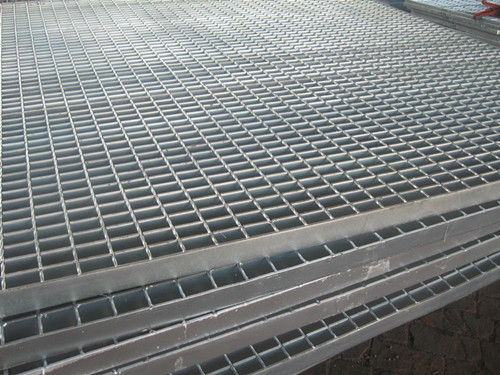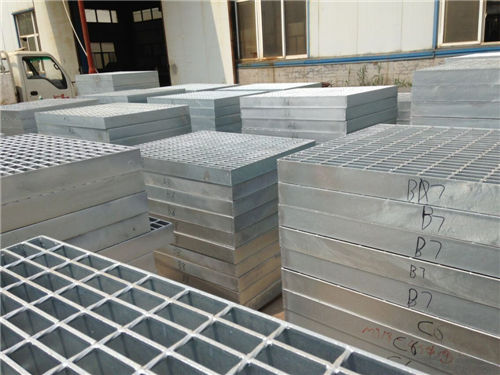Galvanized steel is a special kind of steel material. It uses a special process to fuse the zinc and iron elements to create a new kind of galvanized steel material. Zinc-plated steel has many excellent features. Hot-dip galvanized steel has uniform coating and strong adhesion, so its service life will be very long. The cold galvanized steel material has a simple coating and is only suitable for small-scale materials. The following small series introduces galvanized steel components and galvanized steel pipe applications.

Galvanized steel composition
The first is iron. Iron is the most important component of steel. The difference between iron and steel is the difference in carbon content. Iron has a lower carbon content, so it has better toughness and stronger hardness.
Sulfur: Sulfur is also present in steel, but it is a harmful impurity. High-sulfur steels are susceptible to embrittlement when processed at high temperatures.
Phosphorus: Phosphorus will reduce the plasticity and toughness of the steel and it will become more pronounced at lower temperatures. Therefore, in high-quality galvanized steel materials, the sulfur and phosphorus content must be strictly controlled so that the quality of galvanized steel can be guaranteed.
Manganese: Manganese is different from sulfur and phosphorus. It is a kind of metal element that can increase the strength of steel and weaken the adverse effects of sulfur. In addition, it can also improve the hardenability of steel.
Silicon: Silicon is also good for steel. It can increase the steel in India, but at the same time it will reduce the plasticity and toughness of the steel.
Tungsten: Tungsten can improve the wear resistance of steel.
Zinc: Zinc is one of the most important metal elements in galvanized steel and it improves the wear resistance of steel. In general, steel will be made into a steel pipe before galvanizing. Electro-galvanized steel pipe is low in cost and difficult in process. Therefore, galvanized steel pipe has become one of the most widely used steels in the industry.
Galvanized steel pipe application
Galvanized steel pipe with hot-dip or electro-galvanized steel. Galvanizing increases the corrosion resistance of steel tubes and extends their service life. Galvanized steel pipes are used in a wide range of applications, in addition to pipelines for general low-pressure fluids such as water, gas, and oil, oil well pipes and pipelines for the oil industry, especially offshore oil fields, oil heaters for chemical coking equipment, and condensation cooling. Equipment, tubes for coal distillate oil exchangers, and trestle tube piles, and tube supports for mine tunnels. Hot dip galvanized steel pipe is widely used in various modern manufacturing industries.

Galvanized steel pipe classification
1, hot galvanized steel pipe
Hot-dip galvanizing tubes react molten metal with an iron matrix to produce an alloy layer, thereby combining the matrix and the plating. Hot-dip galvanizing is performed by first pickling the steel pipe. In order to remove the iron oxide on the surface of the steel pipe, after pickling, cleaning is performed by an aqueous solution of ammonium chloride or zinc chloride or an aqueous solution of ammonium chloride and zinc chloride, and then fed into the tank. Hot dip plating tank. Hot-dip galvanizing has the advantages of uniform coating, strong adhesion and long service life. The galvanized steel pipe substrate and the molten plating solution undergo complex physical and chemical reactions to form a corrosion-resistant and compact zinc-iron alloy layer. The alloy layer is integrated with the pure zinc layer and the steel pipe base body. Therefore, its corrosion resistance is strong.
2, cold galvanized pipe
Cold galvanized pipe is electro-galvanized, and the amount of galvanized is very small, only 10-50g/m2. The corrosion resistance of the galvanized pipe is much worse than that of hot galvanized pipe. Regular galvanized pipe manufacturers, in order to ensure quality, mostly do not use electroplating zinc (cold plating). Only those small businesses with small scale and outdated equipment use electro-galvanizing, and of course their prices are relatively cheap. At present, the Ministry of Construction has officially formally eliminated the cold galvanized pipes with obsolete technology and will not use cold galvanized pipes for water and gas pipes in the future. Cold galvanized steel pipe galvanized layer is a plating layer, and the zinc layer and the steel pipe substrate are layered independently. The zinc layer is thin, and the zinc layer is simply attached to the steel pipe substrate and it is easy to fall off. Therefore, its poor corrosion resistance. In new residential buildings, the use of cold galvanized steel pipes as water supply pipes is prohibited.
Editor's summary: The application of galvanized steel components and galvanized steel pipes is introduced here, and we hope to help everyone. If you want to know more about yourself, you can follow the information on this site.
Steel pipe metal pipe steel rail outdoor steel stairs steel radiator galvanized pipe galvanized steel composition
Other Heat Insulation Materials
Rubber Plastic Insulation Material,Rubber Plastic Insulation Casing Pipe,Polyurethane Insulation Pipeline,Aluminum Silicate Fiber Blanket
Zhengzhou Ou Nuo Building Materials Co., Ltd. , https://www.yuounuo.com